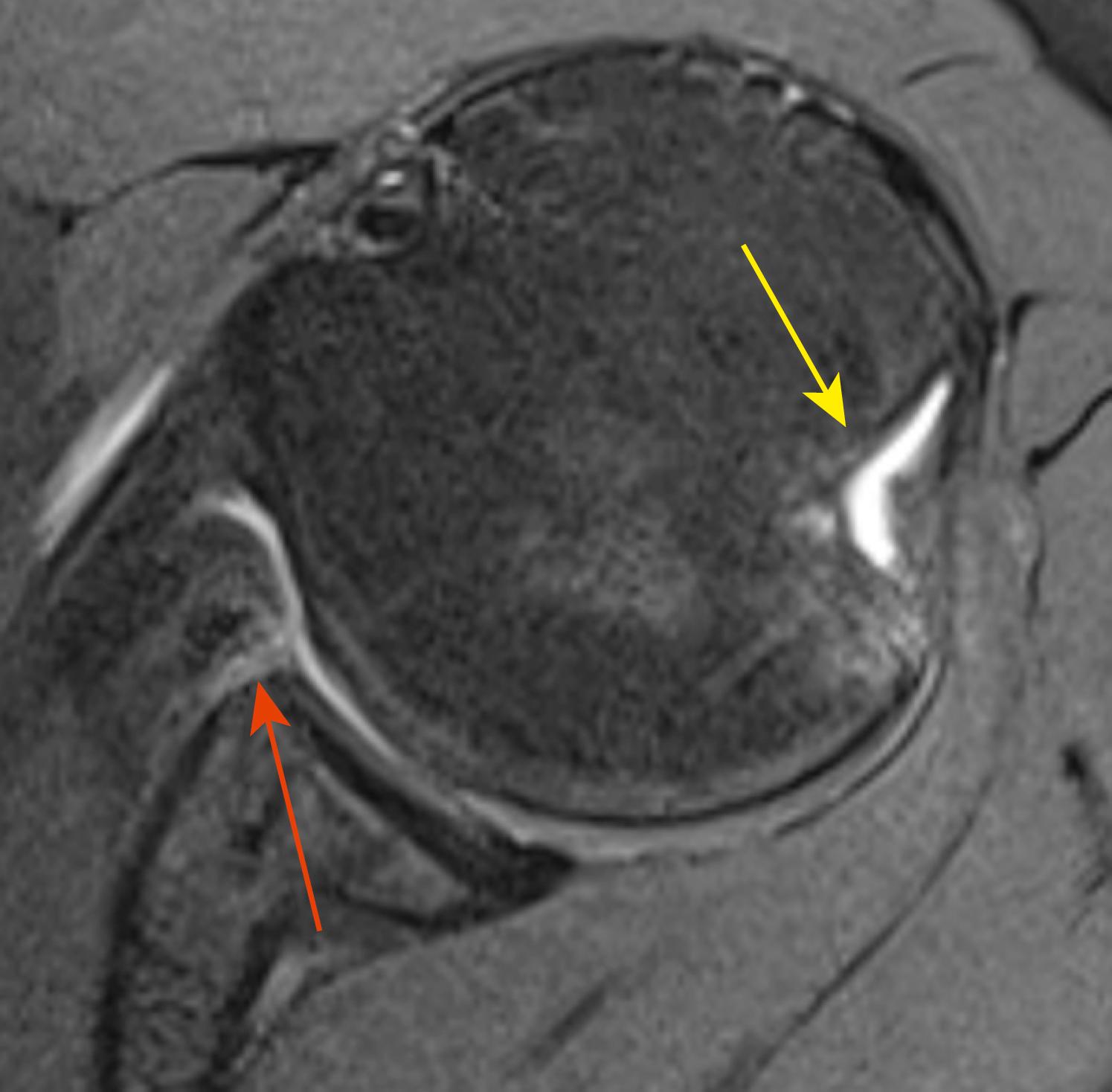Physical Address
304 North Cardinal St.
Dorchester Center, MA 02124
The treatment of the significant Hill-Sachs lesion (HSL) continues to evolve. One option that has gained popularity is a transfer of the infraspinatus/posterior capsule directly into the Hill-Sachs defect. Originally described by Connolly in 1972 as an open procedure, the transferred infraspinatus and capsule may exclude the defect from the intra-articular aspect of the joint and effectively prevent engagement of the HSL with the glenoid. This technique may also act as a check-rein, limiting the head from translating anteriorly during abduction/external rotation, further limiting the potential for engagement. Purchase et al. described the arthroscopic version and coined the term “remplissage” from the French “to fill in.” The arthroscopic remplissage has gained popularity as an adjunct to arthroscopic Bankart repair.
Systematic reviews have reported overall recurrence rates of 5.4% to 5.8%. , Some reviews have noted that Rowe scores have improved from an average of 36 to 88 points, without significant loss of motion. , Others have reported small losses of motion of questionable clinical significance—up to 14 degrees of external rotation with the arm at the side. The ideal remplissage indication is in the setting of a large HSL with minimal to no glenoid bone loss ( Fig. 21.1 ). It remains a source of active debate regarding when, on the small end, the Hill-Sachs can be ignored and the anteroinferior labral injury addressed with a Bankart repair or a Latarjet/bony procedure to lengthen the arc length. On the larger end, it is likewise unclear when the Hill-Sachs is too large for the remplissage to be effective and when the humeral head articular defect is best addressed with a humeral or talar osteochondral allograft versus a hemiarthroplasty. I have become more aggressive with this technique, now employing it in most cases of significant HSLs, except those in a thrower, or overhead athlete.

Become a Clinical Tree membership for Full access and enjoy Unlimited articles
If you are a member. Log in here